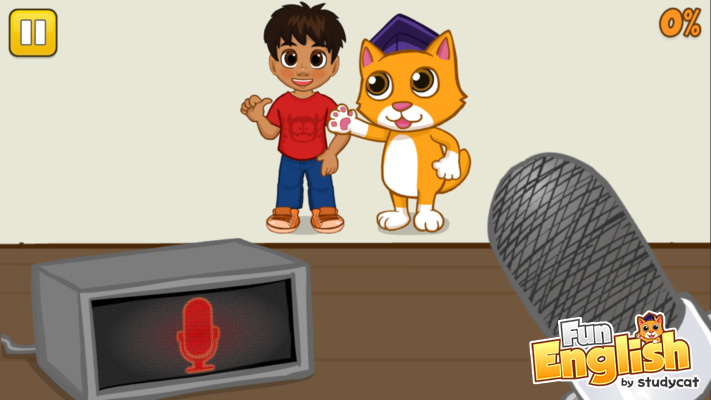How To Encourage Good English Pronunciation At Home
Pronunciation is hard.
Children make their first efforts to communicate verbally when they are around six months old. The sounds a child makes at that age might sound like baby-talk to you and me, but the child is actually mimicking the sounds that he or she has heard from Mom and Dad. That means that children begin to learn accents from their parents when they are six months old.
By the age of five, most children have thousands of words in their vocabulary. By the age of six, most children will have learned to pronounce sounds the same way that their parents do.
The critical period hypothesis helps us understand the problem.
This hypothesis suggests that the language centers in the human brain are most receptive to new memory and information between six months and five years of age. After six years of age there is a gradual tapering of a child’s ability to learn a new language, and after puberty, language acquisition becomes even more difficult (Hu Ryan, 2016).
A case study of immigrants coming to the United States found that only those immigrants who had arrived in the US before they were eight-years old were able to master native pronunciation. Those who were older on arriving were rarely able to do so. (Johnson and Newport, 1989). Thus, ideally, children should begin to pronounce sounds in a second language at the same age that they still perfecting pronunciation in their native language.
Can native English pronunciation be taught at home?
Yes. It is very possible for you to help your child learn a native accent at home, even though you speak English differently. There are only two things that you have to keep in mind:
- Start early. Your child will absorb sound and language quickest when they are still small.
- Expose your child to the sound of a native English speaker, speaking or singing in English.
(This is really a very easy thing to do!)
Your child will love these.
 Movies, Cartoons, and Videos.
Movies, Cartoons, and Videos.
English language movies and cartoons are still a fine way to expose your child to the standard American or British accent, even after all these years. Movies and cartoons are fun, and fun is important because what’s fun keeps your child’s attention.
These days, all the best old cartoons and movie clips are there on YouTube any time your child wants to watch them. In addition to the traditional movies and cartoons, platforms like Youtube have plenty of new videos narrated by native English speakers.
Songs
Listening to songs in English is another very effective way to acquire language. Songs teach the rhythm of speech and cadence that is necessary for native pronunciation. Songs are also repetitive, which makes it easier for your child to sing along and practice the sounds the way a native English speaker would make them.
Games on phones and tablets
Children love playing games on new technology, and a lot of work has been done to create games that are fun for your child while teaching them to speak English. Some of these games are designed just to teach correct pronunciation.
An excellent example of a language program that uses games to teach standard American and British accents is Fun English, by Studycat. The app incorporates lots of animated games and songs to keep your child interested in English. It has been very well received by parents – over 10 million downloads to date. Good luck and have fun!
Follow the Studycat community on Facebook for more expert language learning advice »
![]() Join the Studycat Club to access Fun English language learning resources »
Join the Studycat Club to access Fun English language learning resources »






